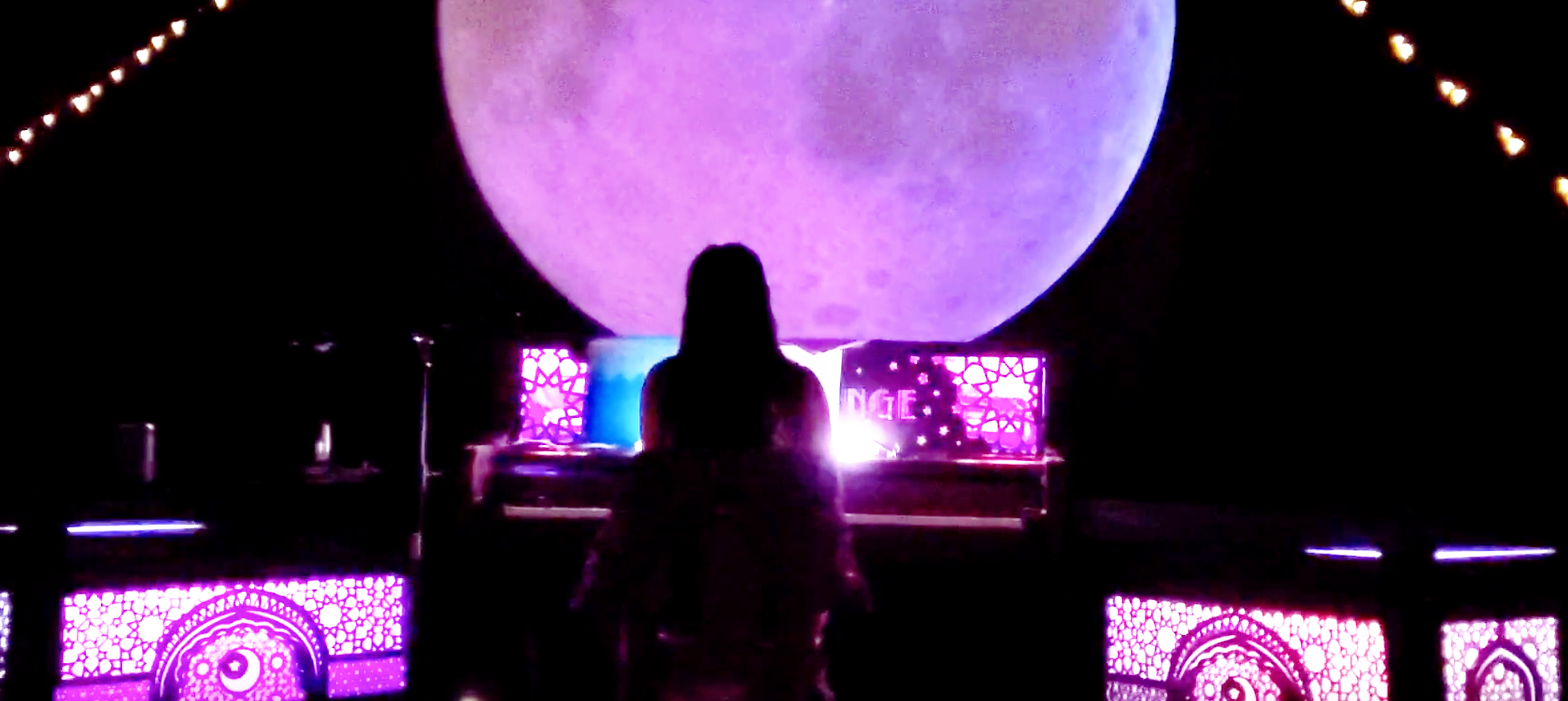Making a decision is hard work. Normally, we act out of habit or on the spur of the moment, or simply do things without thinking about it.
I have a story about making a decision. It’s about a bag of cheesy-bad-snack.
That day, I felt like a slug: slow moving, passive, and mildly uncomfortable with existence. I munched on a snack that reminded me of the glorious superstimulus of cheesy-bad-snack. Which meant that now I couldn’t stop thinking about cheesy-bad-snack. Yum. Oh no.
Why? Well. I haven’t had it in a year. Part of me remembers that every time I had it, I felt sick in my stomach afterwards. But that was a year ago! Maybe things were different now. And I already felt bad, so I might as well do more things that would make me feel bad. Bad feelings don’t stack linearly.
I checked in with myself. My stomach said ‘no’, my mouth said ‘yes’, and my mind felt weak.
I walked to the store. I stared at the bag of cheesy-bad-snack. My mouth began to water. I considered both futures, one with cheesy-bad-snack and one without. I grabbed it off of the shelf and walked around the store. I set it back down, considering what I really wanted. And then I left the store without the cheesy-bad-snack.
Well, you can always turn back. At any point and in either direction. And there is no shame in turning around. I walked out of the store and halfway down the block before I began to feel regret. Sitting on a bench, I thought for a minute.
I turned around and went to buy some cheesy-bad-snack after all.
I ate it.
I paid a lot of attention to how it tasted. It didn’t taste like guilt this time.
Making this decision was difficult. It took more than twice as long as just buying the snack and getting it over with, or just sitting in my house and doing nothing about that urge. It took a lot of energy to introspect rather than run on heuristics.
I felt mostly content with my decision, especially in how I chose to make it. By taking my time, I avoided the counterproductive impulse to buy the cheesy-bad-snack quickly while hoping the rest of me doesn’t notice as I slam it down my gullet. It’s a shame when that happens. Then I neither enjoy it nor avoid the nutritional hit.
While walking up and down the street and in the store, I didn’t stop paying attention to how I was feeling. I kept collecting data within myself. And I was open to the decision going either way. Honestly, I couldn’t have predicted the outcome.
Part of me still wishes I hadn’t ended up buying it. It was a close vote. But the important thing is that I gave myself time to look at all of the voting blocks within myself, rather than forcing a decision through or being sneaky with myself. I didn’t dissociate with any part of myself in that decision. I sat with the conflict until it resolved. I wasn’t afraid of the answer.
I know someone with a penchant for dissociation who described himself watching as he took one step after another towards a goal he knew he “shouldn’t” have. He felt like a passive rider, denying that he was making a choice but observing it happen at the same time. What is “I” mean, if it’s so small that it doesn’t include your body?
I didn’t quite want to take the opinions of my mouth as seriously as I did. Much of me thinks my tongue is stupid and easily tricked. But my mouth is part of me, and it can get wiser over time by getting included in the decision-making and feedback process.
In making a true decision, there must be an actual openness to the dial moving either way. One might hope that when all the votes come in, we go one way over another. But if we don’t, that means that “I” isn’t actually counting all of us, and that we should work to become more integrated.

